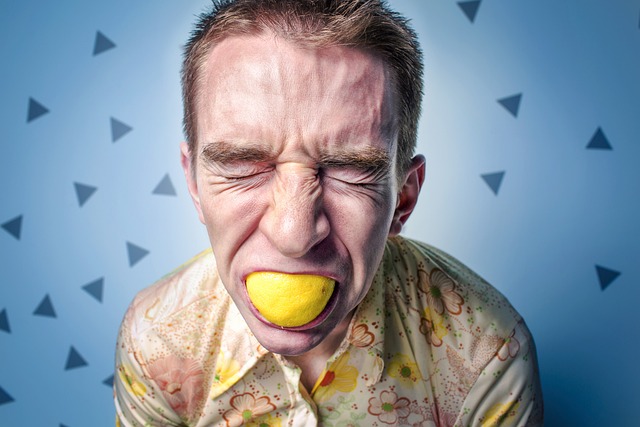Unleashing Expression: The Power of Expressive Painting in Fine Arts and Culture
In the vivid world of fine arts, the notion of expressiveness is not merely confined to the brush strokes or color palettes chosen by the artist; it transcends into the very core of human experience, reflecting the myriad emotions that define our existence. Expressive painting serves as a conduit that connects the artist with the audience, capturing the essence of culture and evoking profound feelings.
Every color, line, and form in expressive painting is laden with meaning. It isn’t just about creating a visually appealing piece; it’s about conveying feelings that words often fail to encapsulate. This genre of painting allows artists to pour their inner turmoil, joy, and raw emotions onto the canvas, creating a visceral experience for the viewers. The splashes of paint, the erratic brushwork, and even the chaos of color combinations speak to the chaos of life itself, inviting the audience to resonate with their own emotional landscapes.
The cultural significance of expressive painting cannot be overstated. Throughout history, art has acted as a mirror to society, reflecting the values, struggles, and aspirations of the time. Think of the essential shifts that occurred during the expressionist movements across Europe. Artists like Edvard Munch and Wassily Kandinsky dared to take the emotional pulse of their era, channeling feelings of anxiety, fear, and hope through their artwork. Today, we continue to witness a renaissance of expressive painting, where contemporary artists blend traditional techniques with modern themes, addressing issues that are profoundly relevant to society today.
In many ways, expressive painting acts as a cultural commentary, allowing artists to push boundaries and challenge the status quo. It invites conversations about identity, politics, and personal experience, making art an essential element in the cultural dialogue. When we engage with expressive works, we delve deeper into the human experience, experiencing a shared connection with the artist and fellow viewers.
Furthermore, expressive painting encourages us to revisit our own feelings and express ourselves creatively. As viewers, we find ourselves confronted with emotions that are sometimes buried beneath the surface of our daily lives. The vibrant colors and dynamic forms inspire us to tap into our creativity, pushing us to explore how we can express our unique stories and experiences. It can feel liberating to express oneself through art, breaking free from the constraints of structured forms and definitions.
Ultimately, the power of expressive painting lies in its ability to provoke, inspire, and transform. It reminds us that every stroke and hue carries with it a sense of identity, culture, and emotion that resonates deeply within each of us. As we continue to embrace and explore the vast landscape of fine arts, let us allow ourselves to unleash our expression and appreciate the emotional depth that comes with it.




